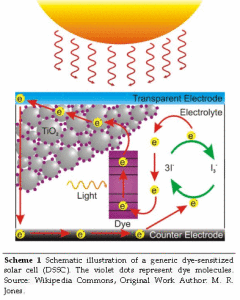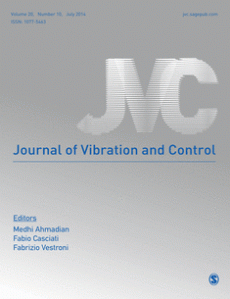This post went up the other day in our ECS Linkedin group:
Perovskite Solar Cells: Rising, Last Advances, and Future Perspectives
The progress made by emerging photovoltaic technologies in the last year has been outstanding. Important steps towards the realization of silicon-free solid-state solar cells with a real potential for commercialization were taken. In particular, a number of milestones have been achieved in the development of hybrid mesoscopic and thin-film solar cells based on the use of nanocrystals of organometal halide perovskites as the light absorbers. Under this approach, the power conversion efficiency (PCE) has been boosted from values around 6-8% (hold by metal chalcogenide solar cells) to over the 19%. Such a performance is now very close to the 25% of crystalline silicon solar cells, the leading commercial technology. But the most intriguing is that these breakthroughs have been achieved in devices entirely fabricated in the solid state, which, so far, had shown worse energy conversion abilities than their counterparts based on liquid electrolytes like dye-sensitized solar cells. Read the rest.
See if ECS has a technical division that focuses on your interests.






